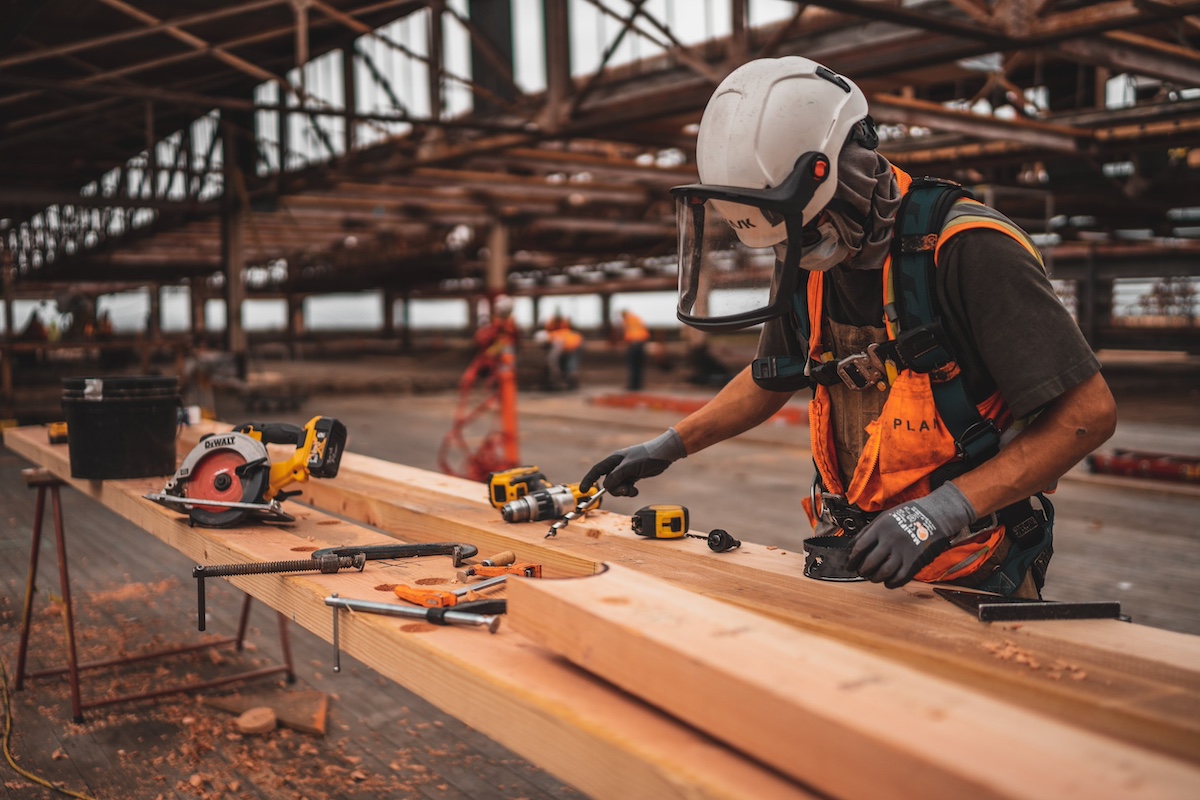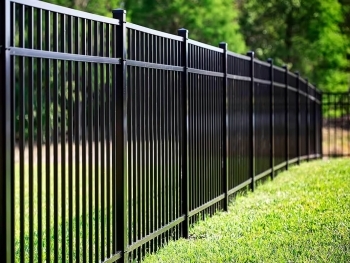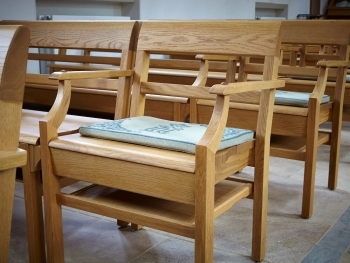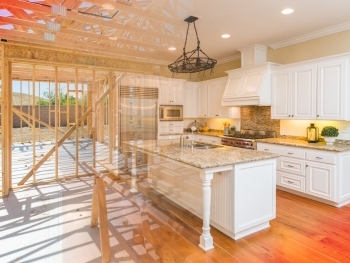The foundation of any successful construction project rests on a crucial element: quality materials. While factors like skilled labor and innovative design are undeniably important, the very bones of a structure – the bricks, beams, and mortar – play a fundamental role in its durability, safety, and overall value. Sk skimping on material quality can lead to a cascade of issues down the road, whereas investing in superior materials translates into a project that stands the test of time. Let's delve deeper into the reasons why quality materials are a cornerstone for success in construction.
The Enduring Strength of Durability
One of the most significant advantages of using high-quality materials is the undeniable boost they provide to a structure's lifespan. Buildings constructed with top-tier materials are simply built to last. They can withstand the relentless assault of weather, from scorching sun and heavy rain to howling winds and even seismic activity. Superior materials boast enhanced resistance to corrosion, cracking, and other forms of deterioration, ensuring the structure's integrity for decades to come. This translates into a wise investment for homeowners and building owners alike, as the need for frequent repairs and replacements is significantly reduced.
Safety First: A Foundation of Trust
In the realm of construction, safety reigns supreme. The quality of materials directly impacts the safety of those who inhabit or utilize the finished structure. High-grade materials guarantee the structural integrity of a building, fortifying it against unforeseen events such as earthquakes or fires. This translates into a lower risk of harm to occupants and bystanders in the event of such emergencies. Furthermore, quality materials contribute to construction worker safety by minimizing the likelihood of accidents caused by material failure. Scaffolding that is built with dependable materials and load-bearing beams that can withstand the intended stress all play a critical role in safeguarding the well-being of construction crews.
Beyond Brick and Mortar: Aesthetics and Value
The impact of quality materials extends far beyond structural integrity and safety. They play a significant role in enhancing the overall aesthetics and visual appeal of a construction project. High-quality materials often boast a superior finish and a timeless elegance that elevates the design. This translates into a structure that is not only functional but also possesses a certain beauty and character. In the case of commercial properties, the use of premium materials can create a more professional and inviting atmosphere, potentially attracting tenants or customers. For residential properties, high-quality materials can significantly boost curb appeal and resale value.
Energy Efficiency: A Sustainable Choice
In today's environmentally conscious world, sustainable building practices are at the forefront of construction. Quality materials can play a vital role in promoting energy efficiency. For instance, well-insulated walls and roofing materials can significantly reduce heating and cooling costs. Additionally, high-performance windows can minimize heat gain or loss, depending on the climate. By opting for sustainable, energy-efficient materials, builders can create structures that have a lower environmental impact and contribute to a greener future. While some sustainable materials may carry a higher upfront cost, the long-term savings on energy bills often make them a worthwhile investment.
A Life-Cycle Approach: Investing for the Long Term
When considering material selection, it's crucial to adopt a life-cycle approach. While the initial cost of lower-quality materials may seem attractive, it's essential to factor in the long-term expenses associated with maintenance, repairs, and potential replacements. Invariably, these costs tend to outweigh the initial savings on materials. High-quality materials, on the other hand, may require a higher upfront investment, but they deliver significant returns over the lifespan of the structure. This translates into lower overall costs and a higher return on investment.
Building on a Solid Foundation
The significance of quality materials in construction projects cannot be overstated. They are the building blocks that determine a structure's durability, safety, aesthetics, and overall value. While the initial cost may be a consideration, the long-term benefits of using high-quality materials far outweigh any short-term savings that might be gained by cutting corners. By prioritizing quality materials, builders can create structures that are not only beautiful and functional but also safe, sustainable, and cost-effective in the long run. In essence, quality materials form the cornerstone of successful construction projects, building a foundation for a lasting legacy.




